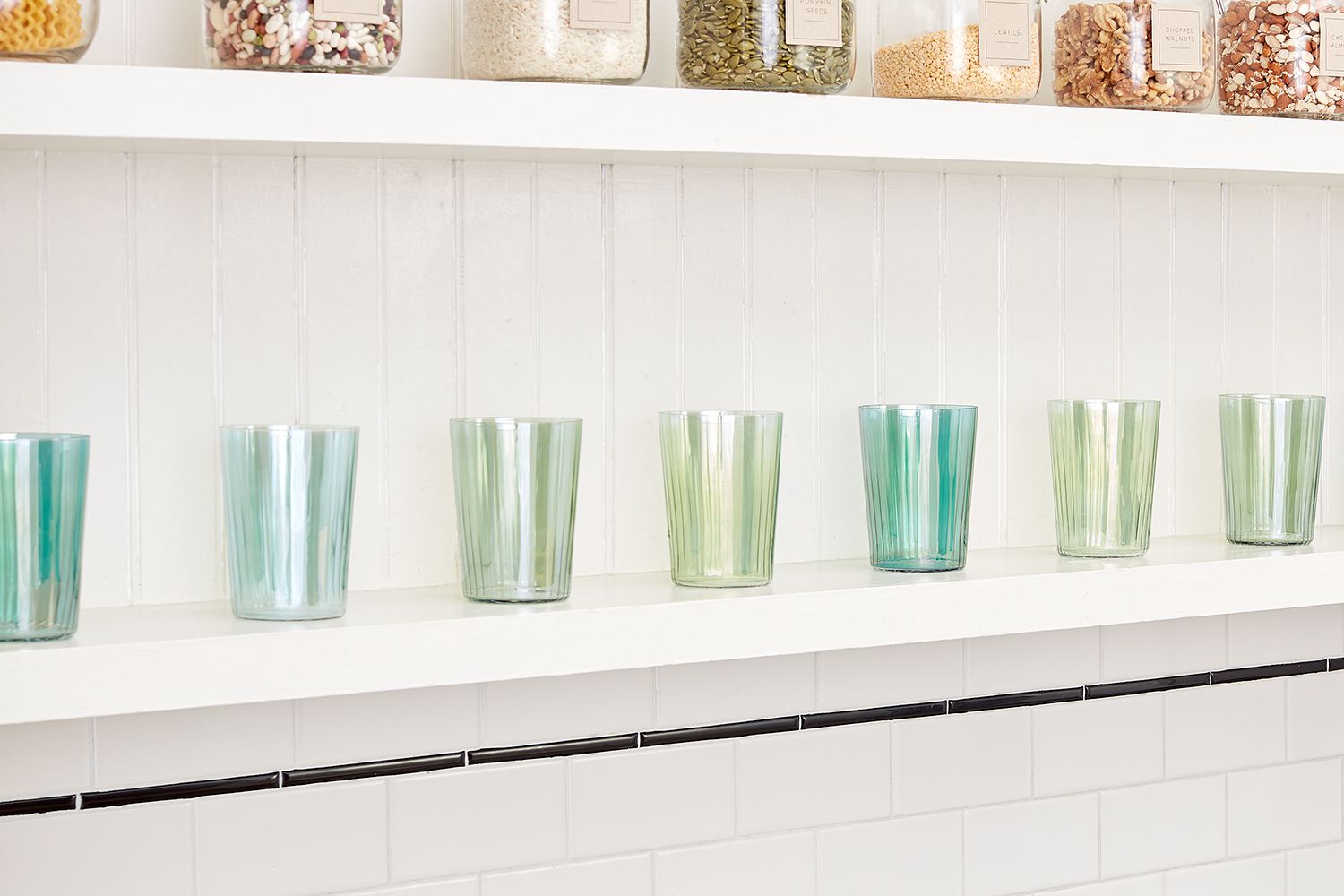

Articles
How To Store Glass
Modified: February 27, 2024
Learn how to properly store glass articles and keep them safe and protected with our helpful guide. Find expert tips and techniques to prevent breakage and maintain the quality of your glass items.
(Many of the links in this article redirect to a specific reviewed product. Your purchase of these products through affiliate links helps to generate commission for Storables.com, at no extra cost. Learn more)
Introduction
Properly storing glass items is crucial to ensure their longevity and protect them from damage. Whether you have a collection of delicate glassware or valuable antique glass pieces, following the right storage practices will preserve their beauty and value for years to come.
Glass items are known for their fragility and susceptibility to breakage. Improper storage can result in scratches, cracks, and even shattering, rendering them useless or significantly devaluing them. Understanding the importance of proper glass storage and implementing the right techniques is essential for any glass enthusiast or collector.
In this article, we will explore the best practices for storing glass items. From assessing your storage space to choosing the right containers and properly organizing your pieces, we will cover all the necessary steps to ensure the safety and preservation of your glass collection.
Key Takeaways:
- Proper glass storage is crucial for preserving the beauty and value of your collection. Assess your space, choose appropriate containers, and monitor environmental factors to ensure longevity and protection.
- Regular monitoring, careful handling, and proper cleaning are essential for maintaining the condition of your glass items. Take proactive measures to address any issues and preserve your collection’s beauty.
Read more: How To Store Glasses
Importance of Proper Glass Storage
Properly storing your glass items is vital for several reasons. Here are the key reasons why proper glass storage is important:
1. Prevent Damage: Glass items are delicate and prone to breakage. By implementing proper storage techniques, such as using appropriate containers and padding, you can minimize the risk of accidental damage and preserve the integrity of your glass pieces.
2. Preserve Value: Proper storage helps maintain the value of your glass items, especially if you have valuable or antique pieces. Any damage or deterioration can significantly decrease their worth. Taking care to store them correctly ensures their longevity and value in the long run.
3. Organizational Efficiency: Proper storage allows for better organization and efficient retrieval of your glass items. By categorizing and labeling your collection, you can easily locate specific pieces when needed, saving you time and effort.
4. Protection Against Environmental Factors: Glass is sensitive to various environmental factors, such as temperature, humidity, and direct sunlight. By storing your glass items properly, you can shield them from these elements and prevent potential damage or discoloration.
5. Preserve the Aesthetic Appeal: Glass items are often cherished not only for their functionality but also for their aesthetic beauty. Proper storage helps retain their pristine appearance, ensuring that they remain visually striking for display or future use.
By understanding the importance of proper glass storage and implementing the right techniques, you can safeguard your glass collection, prolong its lifespan, and maintain its value. The following sections will guide you through the necessary steps and considerations for storing your glass items effectively.
Assessing Your Storage Space
Before you begin storing your glass items, it’s essential to assess your storage space to determine the best approach for organizing and protecting your collection. Here are a few factors to consider:
1. Space Availability: Evaluate the available space you have for storing your glass items. Consider the size and quantity of your collection and ensure that you have enough room to house them comfortably. If you have limited space, consider utilizing vertical storage options or investing in additional storage solutions.
2. Accessibility: Consider how easily you can access your glass items when needed. If you have frequently used pieces or items that require regular maintenance, ensure that they are easily accessible without risking damage to other items in your collection.
3. Environmental Factors: Take note of any environmental factors in your storage space that may affect your glass items. Check for excessive humidity, temperature fluctuations, or exposure to direct sunlight. If these factors are present, you may need to take additional precautions or consider alternative storage options.
4. Security: Assess the security of your storage space to protect your glass items from theft or accidental damage. If necessary, install appropriate locks or security measures to ensure the safety of your collection.
5. Organization: Consider how you plan to organize your glass items within the storage space. Think about grouping similar items together, categorizing them by type, size, or any other relevant criteria. This will make it easier to locate specific pieces when needed.
By carefully assessing your storage space, you can determine the most suitable storage solutions for your glass collection. This will ensure that your glass items are stored in a secure and organized manner, minimizing the risk of damage and maximizing their longevity.
Preparing the Storage Area
Once you have assessed your storage space, it’s time to prepare it for storing your glass items. Proper preparation ensures that your storage area is clean, safe, and suitable for preserving the integrity of your glass collection. Follow these steps to prepare your storage area:
1. Clean the Area: Start by thoroughly cleaning the storage area to remove any dust, dirt, or debris that could potentially damage your glass items. Sweep or vacuum the floors, wipe down surfaces, and ensure that the area is free from any contaminants.
2. Remove Potential Hazards: Inspect the storage area for any potential hazards that could cause damage to your glass items. Remove any sharp objects, protruding nails, or rough edges that could come into contact with your glass collection and potentially cause scratches or breakage.
3. Consider Climate Control: If your storage area is subjected to extreme temperature fluctuations or high levels of humidity, consider implementing climate control measures. Maintaining a stable and controlled environment will help prevent damage to your glass items caused by fluctuations in temperature and humidity.
4. Install Shelving or Racks: Depending on your storage area and the size of your glass collection, consider installing shelving or racks to maximize space utilization. This will allow you to store your glass items in an organized manner, minimizing the risk of accidental breakage.
5. Adequate Lighting: Ensure that your storage area has appropriate lighting to facilitate easy navigation and inspection of your glass collection. Avoid excessive exposure to direct sunlight, as this can lead to discoloration or fading of glass items over time.
6. Prepare Workstation: If you plan to use your storage area as a workspace for cleaning or maintaining your glass items, set up a dedicated workstation. Make sure it has a comfortable working height and is equipped with the necessary tools and supplies to safely handle and care for your glass collection.
By properly preparing your storage area, you create a conducive environment for storing your glass items. This helps maintain their condition and protects them from potential damage. With a clean and well-organized storage area, you can ensure that your glass collection remains safe and well-preserved for years to come.
Choosing Appropriate Containers
Selecting the right containers for storing your glass items is crucial to protect them from breakage and other types of damage. Here are some factors to consider when choosing containers for your glass collection:
1. Material: Opt for containers made of sturdy materials that provide adequate protection for your glass items. Avoid containers that are brittle or prone to cracking, as they can pose a risk to your fragile glass pieces. Plastic containers with secure lids or padded boxes specifically designed for glass storage are excellent choices.
2. Size: Choose containers that comfortably accommodate your glass items without excessive empty space. A container that is too big can result in items shifting and potentially colliding during storage, increasing the risk of breakage. However, ensure that the container provides enough room for padding and protection.
3. Dividers or Compartments: Containers with dividers or compartments are ideal for storing multiple glass items without them coming into direct contact with one another. This feature helps prevent scratches, chips, or breakage that can occur when glass pieces collide or rub against each other.
4. Lid Security: Ensure that the containers have secure lids that keep dust, dirt, and moisture out. This prevents damage and keeps your glass items clean and safe during storage. Lids that latch or lock securely provide an added layer of protection.
5. Transparent or Labeled: Consider using transparent containers or labeling them appropriately. Transparent containers allow you to easily view and identify the contents without the need to open each one. If you opt for opaque containers, use labels or tags to mark their contents for easy identification.
6. Stackable: If you have limited storage space, choose containers that are stackable. This allows you to maximize vertical space and efficiently utilize the available area. Ensure that the containers are stable when stacked and that they do not put excessive pressure on the glass items stored within.
7. Customized Foam Inserts: For valuable or delicate glass items, consider using custom foam inserts that provide individualized protection for each piece. These inserts can be specifically tailored to the shape and size of your glass items, preventing movement and reducing the risk of breakage.
By considering these factors when choosing containers, you can ensure that your glass items are appropriately protected during storage. Investing in quality containers and taking the time to find the right fit for your collection will help preserve the beauty and value of your glass items for years to come.
Read more: How To Store Glass Vases
Wrapping and Padding Glass Items
Properly wrapping and padding your glass items is essential to protect them from scratches, chips, and breakage during storage. Here are some techniques to ensure that your glass collection remains safe:
1. Clean and Dry: Before wrapping your glass items, ensure they are clean and dry. Use a gentle glass cleaner and a soft cloth to remove any dust or fingerprints. Avoid using harsh chemicals or abrasive materials that could damage the surface of your glass pieces.
2. Individual Wrapping: Wrap each glass item individually using acid-free tissue paper or soft, clean cotton cloth. This prevents direct contact between the glass surfaces, reducing the risk of scratches or damage during storage.
3. Bubble Wrap: For added protection, wrap each individually wrapped glass item in a layer of bubble wrap. The cushioning effect of the bubble wrap absorbs shocks and impact, providing an extra layer of defense against breakage.
4. Foam Padding: Use foam padding or specialized foam pouches for delicate or valuable glass items. These provide a snug and secure fit, preventing movement within the container and reducing the risk of breakage.
5. Cardboard Dividers: For larger glass items or when storing multiple pieces in one container, place cardboard dividers between them. These dividers act as a barrier, preventing items from touching and potentially causing damage to each other.
6. Fill Empty Spaces: Use packing peanuts, crumpled paper, or foam inserts to fill any empty spaces within the container. This prevents items from shifting during transportation or storage and provides an additional layer of protection against breakage.
7. Secure Lid: Once your glass items are properly wrapped and padded, securely seal the container with its lid. Ensure that the lid is tightly closed to prevent dust, dirt, or moisture from entering and causing damage to your glass collection.
8. Fragile Labeling: Clearly label containers containing fragile glass items to alert yourself and others to exercise caution when handling. This helps minimize the risk of accidental mishandling and promotes safe storage and transportation.
By following these wrapping and padding techniques, you can create a protective barrier around your glass items, preventing scratches, chips, and breakage. Remember to handle your wrapped glass items with care when placing them into storage to avoid any accidental damage.
Organizing and Labeling
Proper organization and labeling of your glass items are essential for easy retrieval and maintaining the condition of your collection. Here are some tips to help you organize and label your glass items:
1. Categorization: Group your glass items into categories based on type, size, or any other relevant criteria. This makes it easier to locate specific pieces and prevents the need to search through your entire collection.
2. Storage System: Establish a consistent and logical storage system for your glass items. Whether you choose to organize them based on year, style, or any other system, make sure it is intuitive and easy to follow.
3. Shelving or Cabinets: Utilize shelves or cabinets to keep your glass items organized and accessible. Consider implementing adjustable shelving to accommodate different sizes and shapes of glass pieces.
4. Clear Containers: Use transparent containers, if possible, to store your glass items. This allows you to easily see the contents without the need to open each container, saving time and minimizing the risk of accidental breakage.
5. Labeling System: Label each container or shelf with a descriptive label that indicates the contents. Use labels that are easy to read and that won’t fade or peel over time. You can also assign each glass item a unique identifier or number for easy reference in your records.
6. Inventory Management: Keep a detailed inventory of your glass items, including key details such as the item’s name, description, acquisition date, and any relevant notes or historical information. This helps you track your collection and quickly find specific pieces when needed.
7. Digital Records: Consider maintaining a digital database or spreadsheet with images and information about each glass item. This provides an easily searchable catalog and serves as a backup in case physical records are lost or damaged.
8. Maintenance Schedule: Set a regular maintenance schedule for inspecting and cleaning your glass items. Note these dates in your records and label containers accordingly to remind yourself of when a particular piece needs attention.
By organizing and labeling your glass items, you create an efficient system that makes it easier to locate specific pieces and maintain the condition of your collection. A well-organized glass storage area ensures that your items remain protected and readily available for display or use.
Store glass items in a cool, dry place away from direct sunlight to prevent discoloration and damage. Use soft padding or cloth to separate and protect the items from scratching or chipping.
Storing Glass Upright or Flat
When it comes to storing glass items, you may be wondering whether it’s best to store them upright or flat. The answer depends on the type of glass and the specific items you have. Here are some considerations for storing glass upright or flat:
Storing Glass Upright:
- Upright storage is generally suitable for tall and slender glassware, such as vases or stemware. Storing these items upright helps preserve their shape and stability.
- Use dividers or inserts to separate and secure each piece if storing multiple glass items upright in a container.
- Ensure that the container is tall enough to accommodate the full height of the glass items without any pressure on the tops.
- Placing a soft padding or cushioning material at the base of the container helps absorb any shocks or vibrations.
- Avoid overcrowding the container, as this can increase the risk of items bumping into each other and potentially causing damage.
- Label containers or shelves to indicate the fragility of the items stored upright to remind yourself and others to handle them with care.
Storing Glass Flat:
- Flat storage is typically preferred for larger and bulkier glass items, such as serving platters or decorative glass panels.
- Place a layer of protective padding, such as acid-free tissue paper or a soft cloth, between each glass item to prevent them from scratching or sticking to each other.
- Ensure that the storage surface is clean, flat, and stable to prevent any tilting or shifting of the glass items.
- Consider using storage containers with dividers or compartments to keep flat glass items separated and secure.
- Avoid placing excessive weight on top of flat glass items to prevent them from cracking or breaking under pressure.
- Label containers or shelves to indicate that the items are stored flat to prevent accidental tilting or mishandling.
In some cases, the specific requirements of your glass items (such as shape, size, or fragility) may dictate whether upright or flat storage is more suitable. It’s essential to assess each piece individually and choose the appropriate storage method that ensures their safety and longevity.
Remember to handle your glass items with care when retrieving them from storage, regardless of whether they are stored upright or flat. Always use both hands and avoid any sudden movements or impacts that could lead to breakage.
Valuable Glass Storage
When it comes to storing valuable glass items, taking extra precautions is of utmost importance. Whether you have delicate heirloom pieces or high-value collectibles, here are some essential tips for storing valuable glass items:
1. Climate Control: Maintain a stable environment for your valuable glass items by controlling temperature and humidity levels. Extreme temperature fluctuations and high humidity can cause damage and deterioration. Consider investing in a climate-controlled storage area or using dehumidifiers to regulate the conditions.
2. Display Cabinets: Use display cabinets with glass doors to showcase your valuable glass collection. These cabinets provide protection from dust, dirt, and accidental handling. Choose cabinets with UV-resistant glass to provide additional protection against harmful sunlight.
3. Secure Locks: Ensure that your display cabinets or storage area has secure locks or other security measures to prevent unauthorized access. This minimizes the risk of theft or accidental damage to your valuable glass items.
4. Display Shelves: If you choose to display your valuable glass items on shelves, use sturdy and stable shelving units. Avoid overcrowding the shelves and ensure that each item is securely positioned and not at risk of tipping or falling.
5. Individual Storage: For particularly fragile or easily damaged glass items, store them individually in specially designed containers or display cases. This provides an added layer of protection from potential impacts or accidental contact with other items.
6. Protective Packaging: Wrap each valuable glass item in acid-free tissue paper or soft, clean cotton cloth before placing them in storage or display. This prevents surface scratches and damage from dust or debris.
7. Avoid Direct Contact: Avoid placing valuable glass items in direct contact with any hard surfaces or other glass objects. Use soft padding or foam inserts to create a cushioning barrier and prevent potential damage.
8. Regular Inspection: Regularly inspect your valuable glass items for any signs of damage, discoloration, or deterioration. Address any issues promptly to prevent further degradation and preserve their value.
9. Appropriate Insurance: Consider obtaining insurance coverage for your valuable glass items. This provides financial protection in case of accidental damage, theft, or other unforeseen events.
10. Professional Appraisal: If you have high-value or rare glass items, consider getting them professionally appraised. This ensures that you have accurate documentation of their value and can facilitate proper insurance coverage.
By following these guidelines, you can protect and preserve your valuable glass items for generations to come. Whether stored in special containers or displayed in secure cabinets, taking the necessary precautions helps maintain the beauty and value of these precious objects.
Read more: How To Store Glass Jars
Temperature and Humidity Considerations
Temperature and humidity levels play a crucial role in the preservation of glass items. Both factors can have a significant impact on the condition and longevity of your collection. Here are important considerations when it comes to temperature and humidity:
Temperature:
- Maintain a consistent temperature for your glass storage area. Fluctuations in temperature can cause glass to expand and contract, which may lead to cracking or breakage.
- Avoid extreme temperature changes or exposing glass items to sudden shifts in temperature. For example, do not place hot glassware directly into a cold storage area or vice versa.
- Recommended temperature for glass storage is typically between 60-75°F (15-24°C). Consult with an expert or refer to specific guidelines for optimal temperature range if you have antique or delicate glass pieces.
- Keep in mind that certain types of glass, such as stained glass or delicate art glass, may require even more precise temperature control to prevent damage or discoloration.
Humidity:
- Avoid storing glass items in areas with high humidity, as it can promote the growth of mold, mildew, and corrosion on metal components.
- Excessive humidity can also lead to water condensation on the glass surface, which may cause damage or fogging.
- Relative humidity (RH) levels between 40-50% are generally considered ideal for glass storage. However, consult specific guidelines or recommendations for your type of glass items.
- Consider using dehumidifiers or humidity control devices to regulate humidity levels in your storage area, especially in areas with high humidity climates.
Monitoring:
- Regularly monitor the temperature and humidity levels in your glass storage area using a hygrometer and thermometer. This will help you identify any fluctuations or abnormalities.
- Keep a log of temperature and humidity readings to observe any patterns or changes over time.
- If you notice significant deviations from the recommended levels, address the issue promptly by adjusting climate control devices or seeking professional assistance.
By maintaining appropriate temperature and humidity levels, you can minimize the risk of damage to your glass items. Creating a stable environment will help preserve the structural integrity and aesthetic appeal of your collection for years to come.
Avoiding Direct Sunlight
One of the most important considerations when storing glass items is protecting them from direct sunlight. Exposure to sunlight can have detrimental effects on the condition and appearance of your glass collection. Here’s why you should avoid direct sunlight and how to minimize its impact:
1. Fading and Discoloration:
Direct sunlight contains ultraviolet (UV) rays, which can cause fading and discoloration of glass items over time. This is particularly noticeable in colored or tinted glass, as UV radiation breaks down the pigments and dyes used in the glass-making process. The result is faded or altered colors, diminishing the beauty of your glass objects.
2. Heat Damage:
Direct sunlight can also generate heat, which can further harm your glass items. Excessive heat can cause glass to expand and contract, leading to cracks, warping, or even shattering. Heat damage is especially prevalent in delicate and thin glassware, such as stemware or delicate glass figurines.
3. UV Protection:
To safeguard your glass items, prevent them from being exposed to direct sunlight. Here’s how:
- Positioning: Store your glass collection away from windows or areas prone to direct sunlight. Choose a storage location that is shielded from direct sunlight throughout the day.
- Window Treatments: If your glass items are on display near windows, consider using UV-filtering window film or installing blinds or curtains to block out the harmful UV rays.
- Display Cabinets: Use display cabinets with UV-protected glass doors to showcase your glass collection. These doors block a significant portion of the UV radiation while still allowing your collection to be visible.
- Rotate Display: If you have glass items on display, periodically rotate them to ensure that all pieces receive equal amounts of exposure to light. This helps prevent uneven fading or discoloration.
4. Museum Glass:
If you have valuable or extremely delicate glass items, consider using museum-grade glass or acrylic cases for display. These materials offer the highest level of UV protection and are specifically designed to minimize the damaging effects of sunlight.
5. Lighting Alternatives:
If you need to illuminate your glass collection, avoid using direct overhead lighting that can generate heat. Opt for LED lights or low-heat lighting options placed strategically to accentuate your glass items without risking damage.
By being mindful of the impact of sunlight and taking preventive measures, you can ensure that your glass collection remains vibrant and protected for years to come.
Cleaning and Maintenance of Glass Items
Cleaning and maintaining your glass items is essential to preserve their beauty, clarity, and longevity. Regular care ensures that your glass collection remains in optimal condition and prevents the buildup of dirt, fingerprints, and other contaminants. Here are some important tips for cleaning and maintaining your glass items:
General Cleaning:
- Start by removing any loose dust or debris from the surface of the glass using a soft, lint-free cloth or a brush with gentle bristles.
- Use a mild glass cleaner specifically formulated for use on glass surfaces. Avoid harsh chemicals or abrasive cleaners, as they can etch or damage the glass.
- Dampen a clean, lint-free cloth with the glass cleaner and gently wipe the glass surface in a circular motion. Ensure that the cloth is not overly wet, as excessive moisture can seep into any seams or crevices and potentially damage the glass.
- Pay extra attention to areas with smudges or fingerprints, using gentle pressure to remove them. If necessary, you can use a cotton swab or a soft-bristle brush dipped in the glass cleaner for more precise cleaning.
- Rinse the glass surface with clean water to remove any residue from the cleaning solution.
- Lastly, use a dry, lint-free cloth to carefully dry the glass surface, ensuring there are no streaks or water spots remaining.
Delicate Glassware:
- For delicate or intricate glassware, such as cut crystal or hand-blown glass, consider hand-washing them using a mild detergent and warm water. Gently rinse and pat dry with a soft cloth to avoid accidental bumps or scratches.
- When cleaning glass with delicate decorations or gold accents, avoid harsh scrubbing or soaking. Instead, use a soft cloth or a cotton swab dipped in a mild solution to gently clean the surface.
Display Care:
- Regularly dust and wipe the display cabinets or shelves where your glass items are stored to prevent the accumulation of dirt and dust particles. This helps maintain a clean environment for your collection.
- Avoid touching glass surfaces with bare hands, as natural oils and sweat can leave fingerprints and potentially damage the glass. Use cotton gloves or handle glass items by their bases or stems to maintain cleanliness.
Special Considerations:
- Antique or valuable glass pieces may require special care and unique cleaning methods. Consult with professionals or experts to ensure you are using the appropriate cleaning techniques for these delicate items.
- Always follow any care instructions or guidelines provided by the manufacturer or previous owner, especially for glass items with specific cleaning requirements.
Regular cleaning and maintenance of your glass items not only keep them looking their best but also prevent the accumulation of dirt, grime, and potential damage. By adopting these cleaning practices, you can ensure that your glass collection remains beautiful and well-preserved for years to come.
Monitoring and Inspecting Stored Glass
Regular monitoring and inspection of your stored glass items are crucial for identifying and addressing any issues or potential risks that could impact their condition. By implementing routine checks and taking proactive measures, you can ensure the continued preservation and protection of your glass collection. Here are some key steps to follow:
1. Regular Checks:
- Set a schedule for inspecting your stored glass items at regular intervals, such as every few months or annually. Consistency is key to detect any changes or issues that may arise over time.
- During each inspection, carefully examine each glass item for any signs of damage, such as cracks, chips, or scratches. Pay attention to details and inspect both the surfaces and the edges of the glass.
- Inspect the containers, shelves, or display cabinets as well, looking for any signs of wear, moisture, or irregularities that could affect the safety or condition of the glass items.
2. Handling with Care:
- When inspecting your glass items, handle them with clean hands to avoid transferring oils or dirt onto the glass surfaces. Use cotton gloves or handle the glass objects by their bases or stems rather than directly touching the glass.
- If you notice any loose or unstable glass pieces, take extra caution when handling them to prevent accidents or further damage. Consider seeking professional assistance for repairing or restoring unstable items.
3. Addressing Issues:
- If you identify any damage or concerns during the inspection, take immediate action to address them. Assess the severity of the issue and determine if it requires professional attention for repair, restoration, or conservation.
- For minor issues like surface scratches or fingerprints, clean the affected areas following appropriate cleaning techniques. Be careful not to exacerbate the damage or compromise the structural integrity of the glass.
- Consult with experts or specialists for guidance and assistance in addressing more significant or complex issues, especially when dealing with valuable or antique glass items.
4. Record Keeping:
- Maintain detailed records of your inspections, including dates, observations, and any actions taken. This helps track the condition and maintenance history of your glass collection, enabling you to identify any recurring issues or patterns.
- Store digital or hard copies of inspection records, including photographs or descriptions of any notable findings or changes observed during the inspection.
5. Environmental Monitoring:
- Monitor and record temperature and humidity levels in your storage area regularly to ensure they remain within the recommended range. Deviations from optimal conditions can impact the stability and condition of the glass items.
- Use digital hygrometers and thermometers to obtain accurate readings of the temperature and humidity levels. Adjust climate control devices, such as dehumidifiers or air conditioners, as necessary to maintain the desired conditions.
By incorporating regular monitoring and inspection practices into your glass storage routine, you can identify and address any potential issues promptly. Taking proactive measures ensures the continued preservation and protection of your glass collection, allowing you to enjoy its beauty and value for years to come.
Read more: How To Store Drinking Glasses
Conclusion
Proper storage of glass items is essential for their preservation, protection, and longevity. By following the guidelines outlined in this article, you can ensure that your glass collection remains in excellent condition for years to come. From assessing your storage space and choosing appropriate containers to wrapping and padding glass items, organizing and labeling, and monitoring and inspecting stored glass, each step plays a vital role in safeguarding your valuable pieces.
Remember the importance of assessing your storage space and creating an environment that is clean, secure, and suitable for your glass items. Choose containers that provide adequate protection and consider individual wrapping, dividers, and foam padding for delicate or valuable pieces. Take the time to organize and label your glass collection, making it easy to locate specific items and keep track of their condition and maintenance.
Temperature and humidity control are crucial factors in maintaining your glass items. Avoid direct sunlight, as it can lead to fading, discoloration, and heat damage. Regularly clean your glass items using appropriate techniques and handle them with care to prevent accidental breakage or damage during maintenance. Continuously monitor and inspect your stored glass items, noting any changes or issues that require attention. Addressing any damage or concerns promptly is essential to preserving their condition and preventing further deterioration.
By implementing these practices, your glass collection will remain a source of beauty, historical significance, or sentimental value. Whether you have delicate glassware, antique pieces, or valuable collectibles, proper storage ensures that they remain safe, protected, and visually stunning. Take pride in your glass collection and enjoy the aesthetic appeal and cultural significance it brings to your life.
Remember that each glass item is unique, and it may be necessary to tailor storage techniques to suit specific pieces. When in doubt, consult experts or professionals in the field of glass preservation and conservation for guidance. With the right care and attention, your glass collection will continue to be cherished for generations to come.
Frequently Asked Questions about How To Store Glass
Was this page helpful?
At Storables.com, we guarantee accurate and reliable information. Our content, validated by Expert Board Contributors, is crafted following stringent Editorial Policies. We're committed to providing you with well-researched, expert-backed insights for all your informational needs.
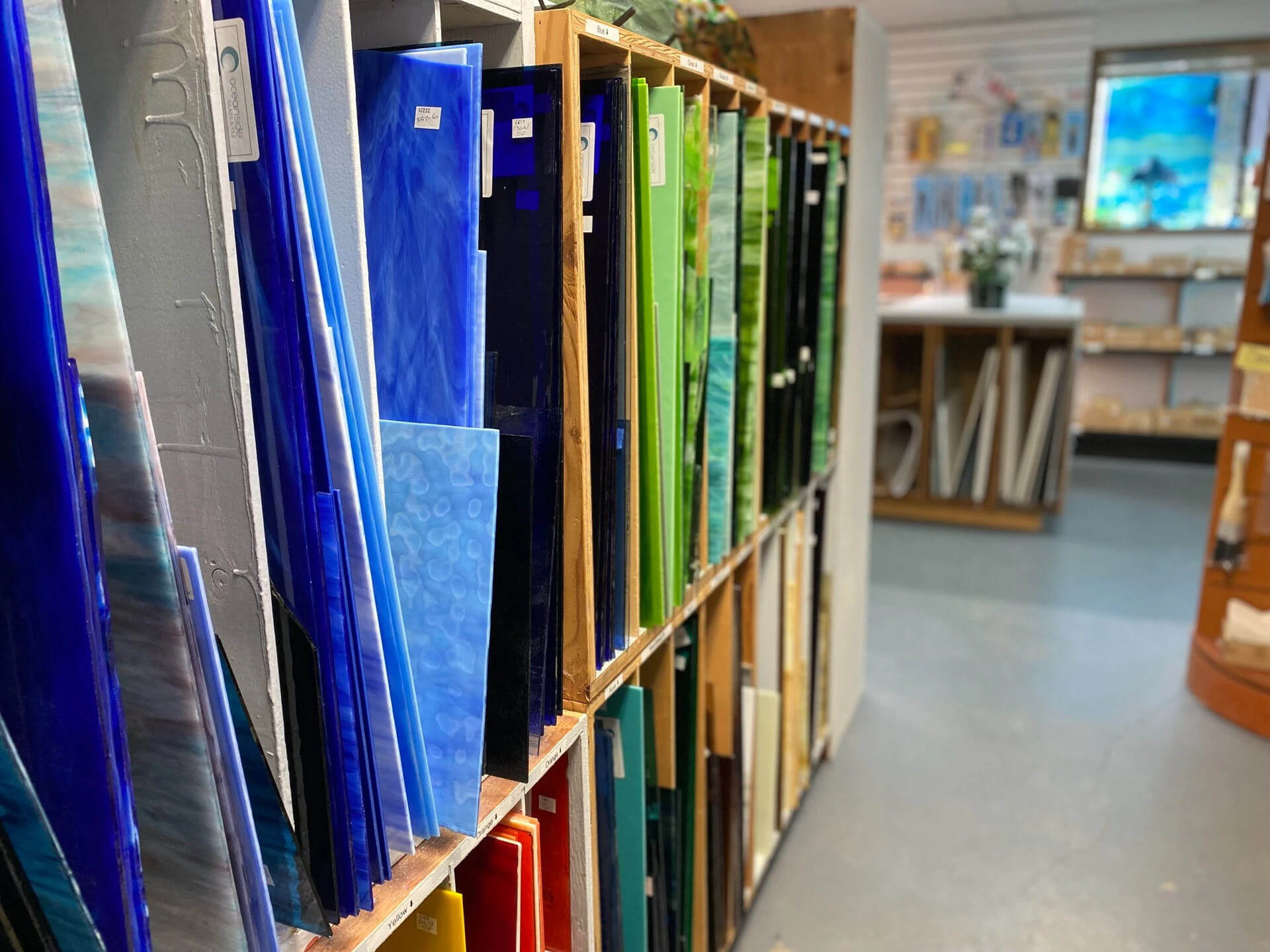
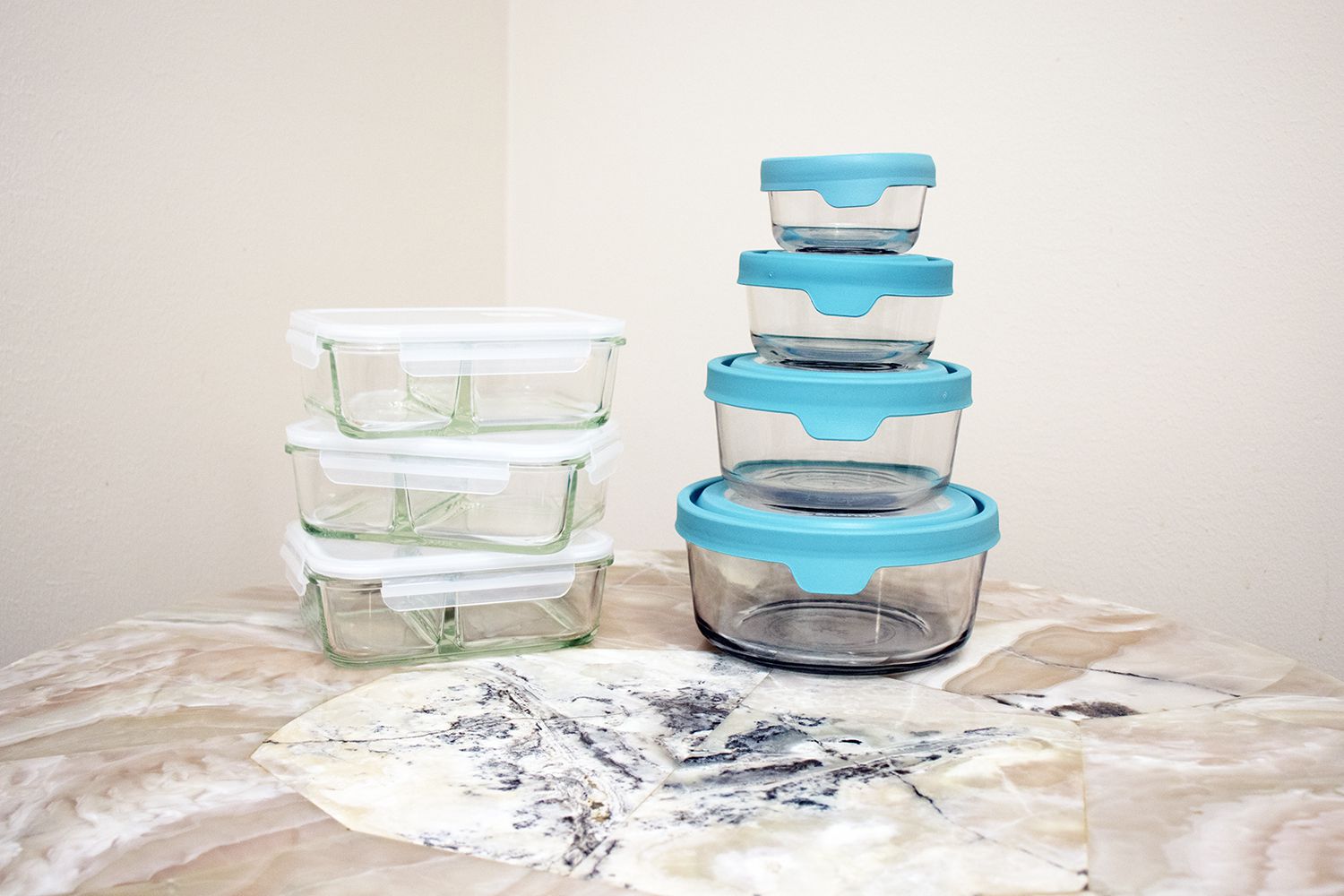
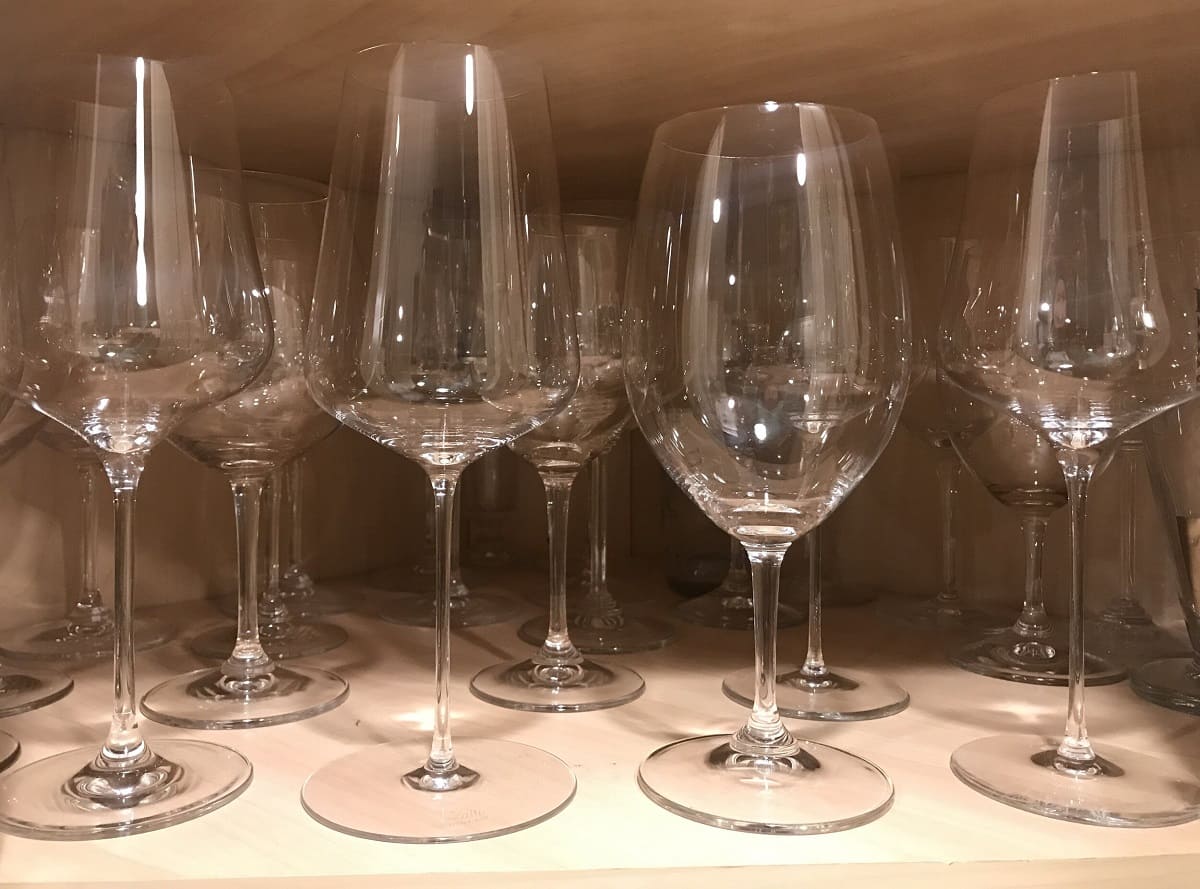
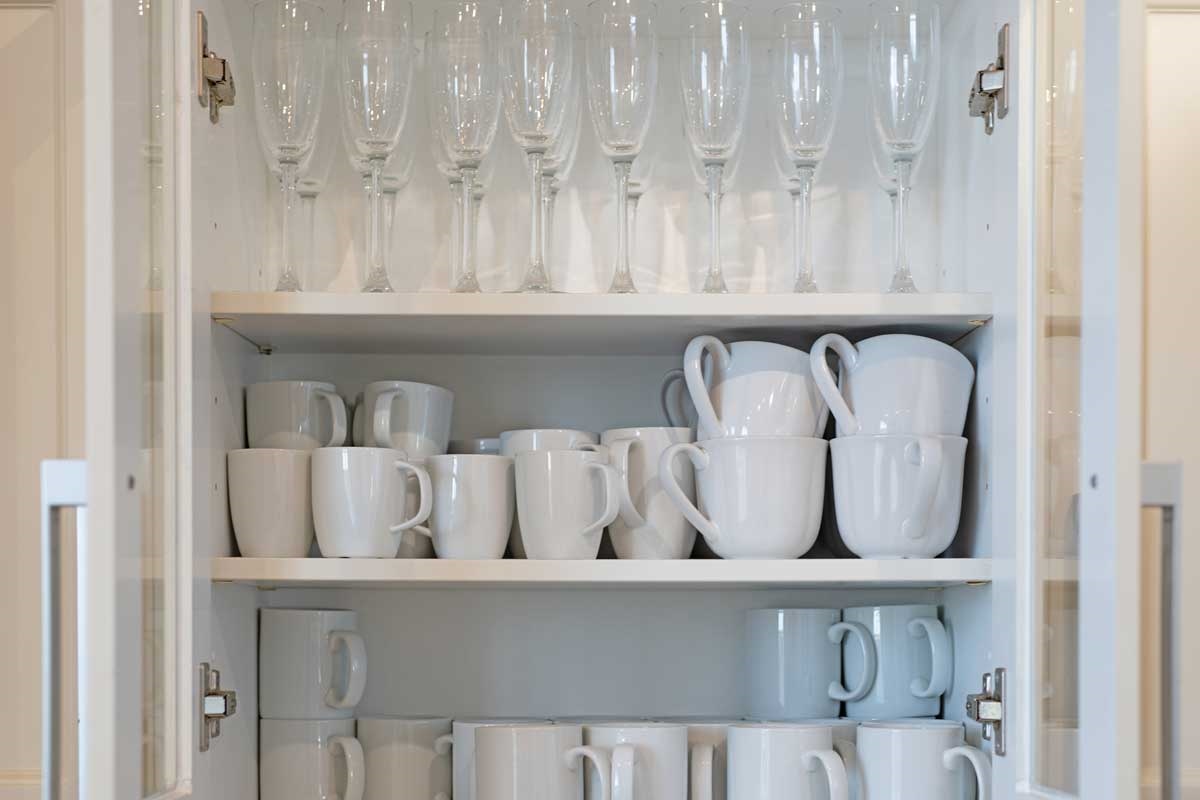
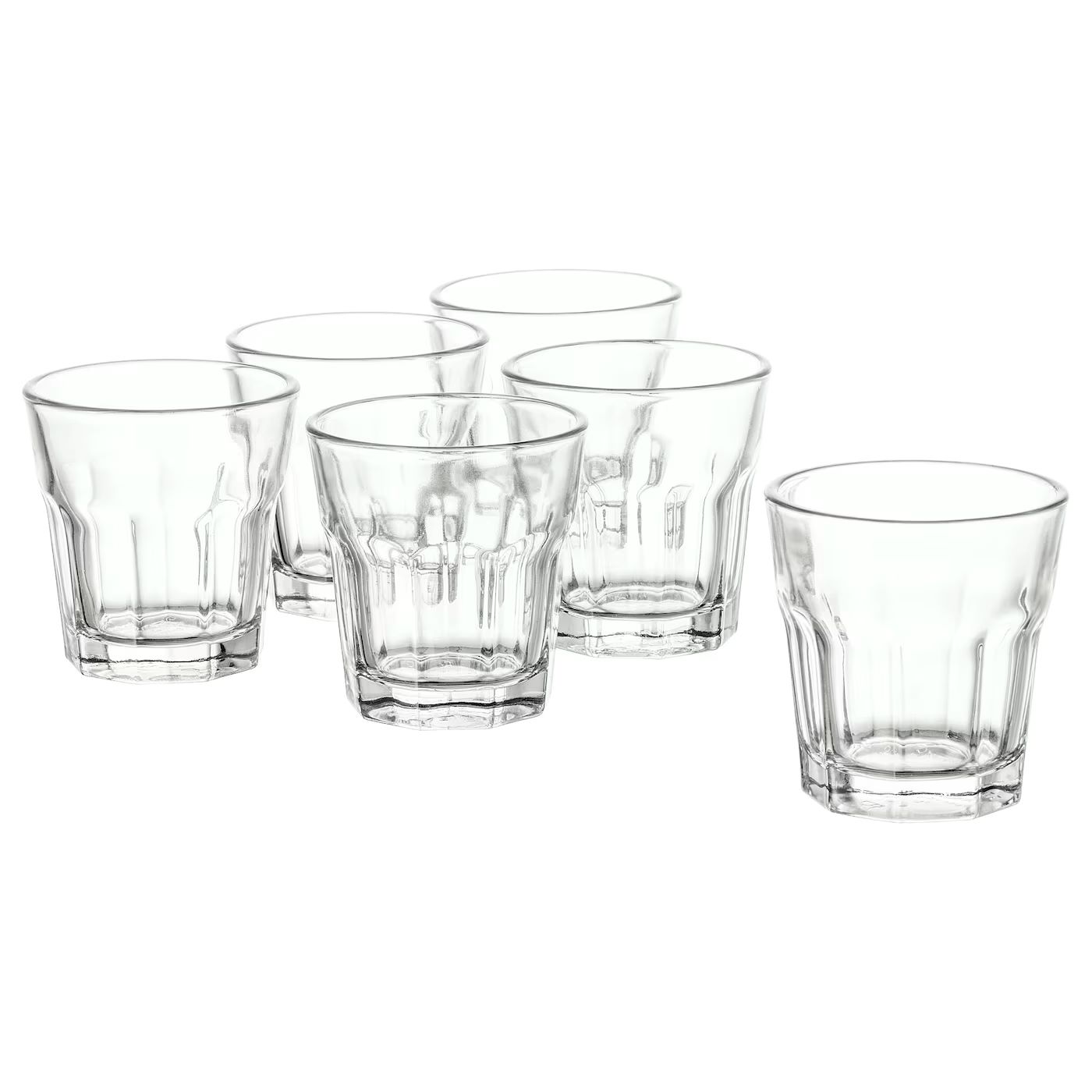
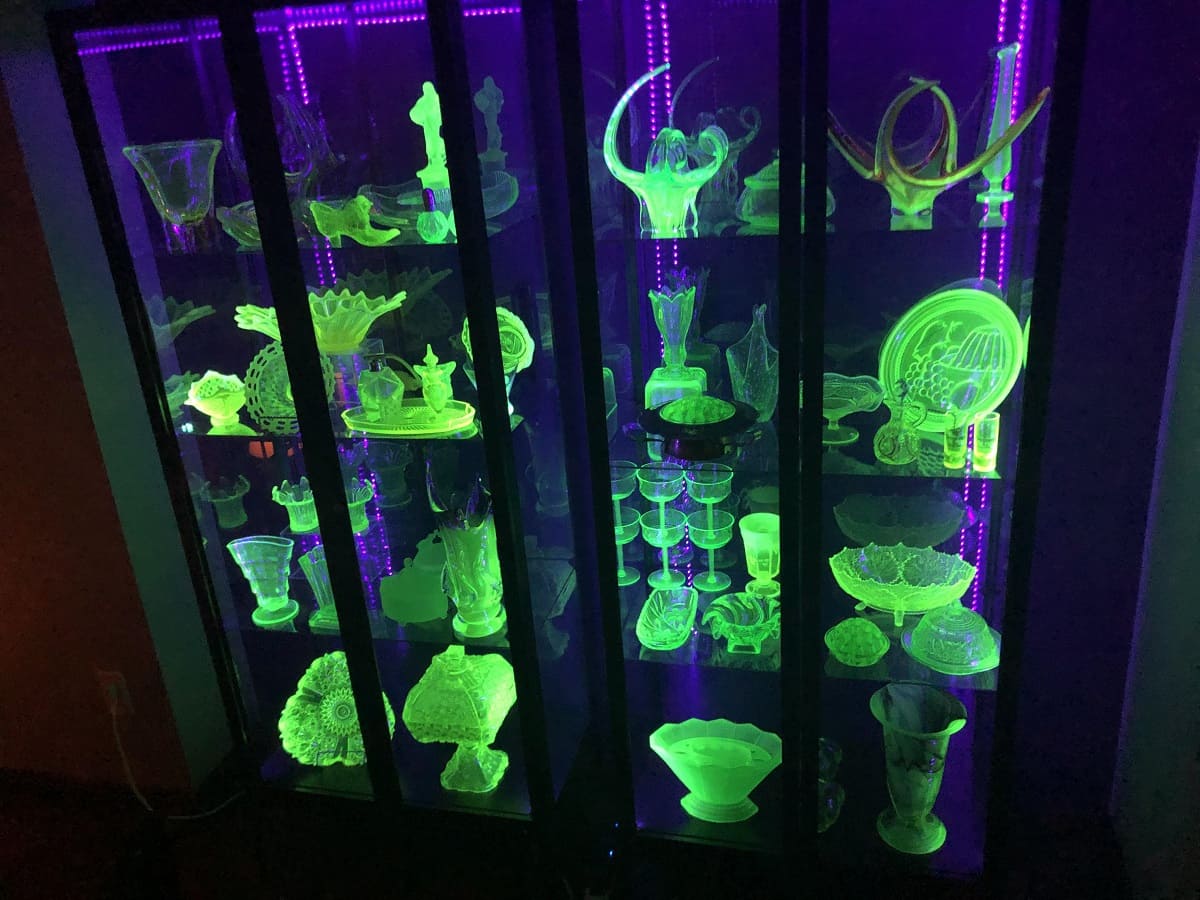
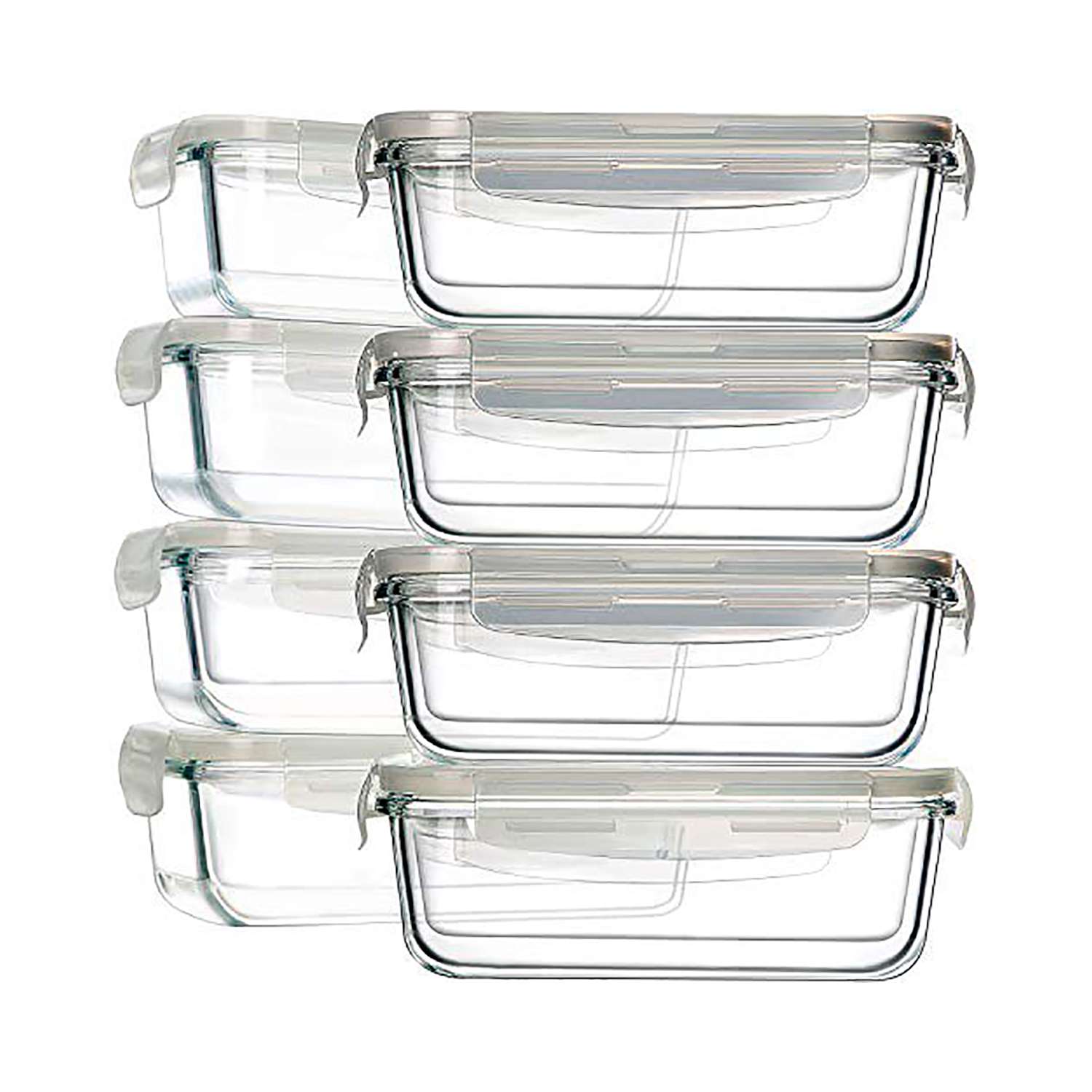
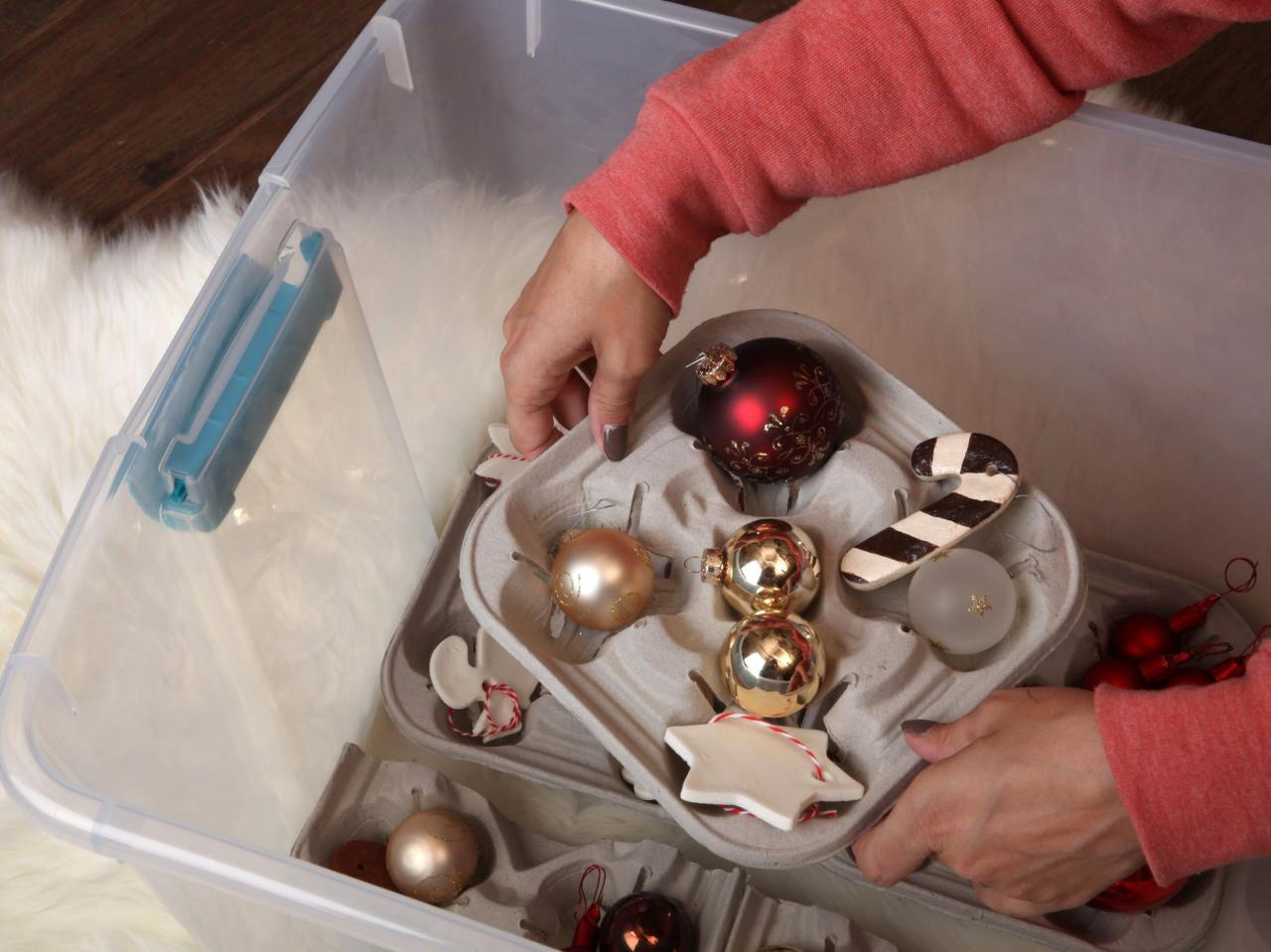
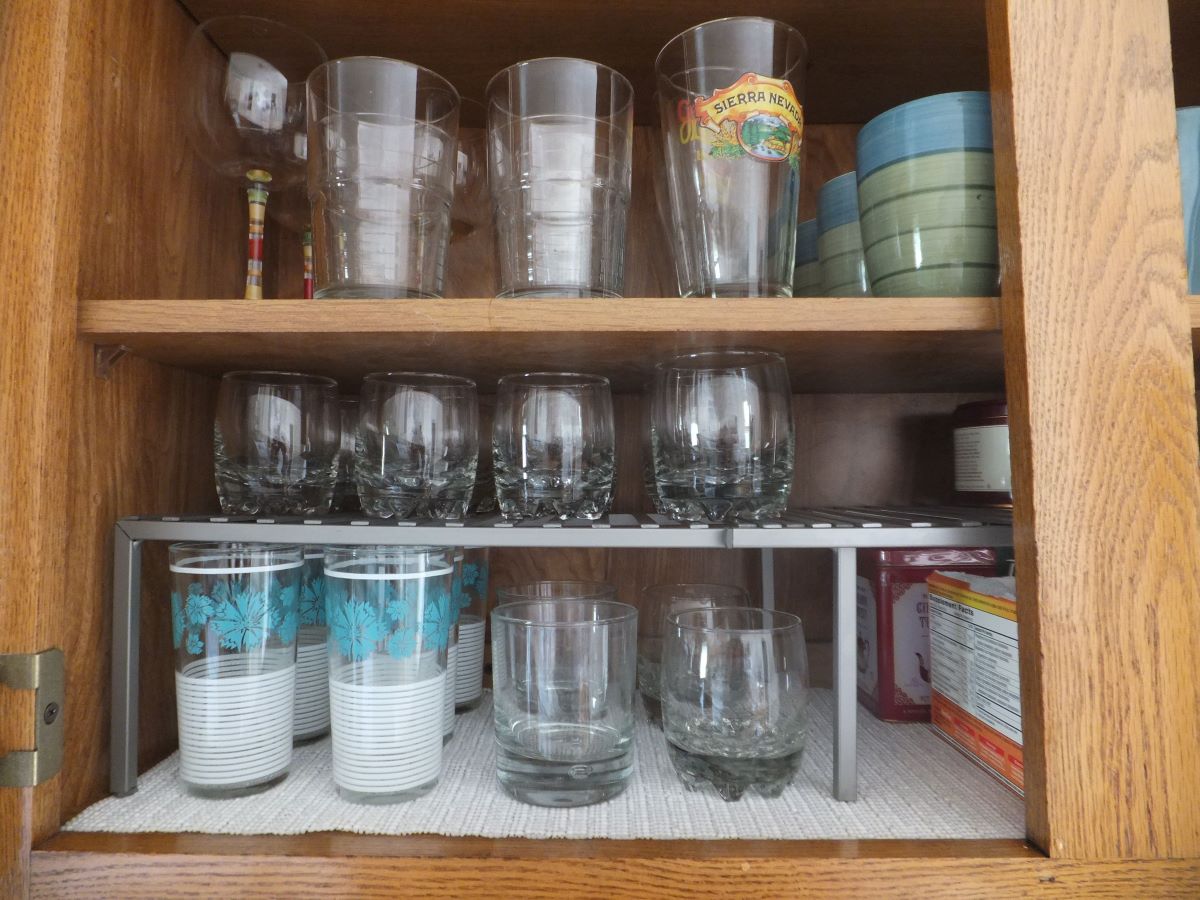
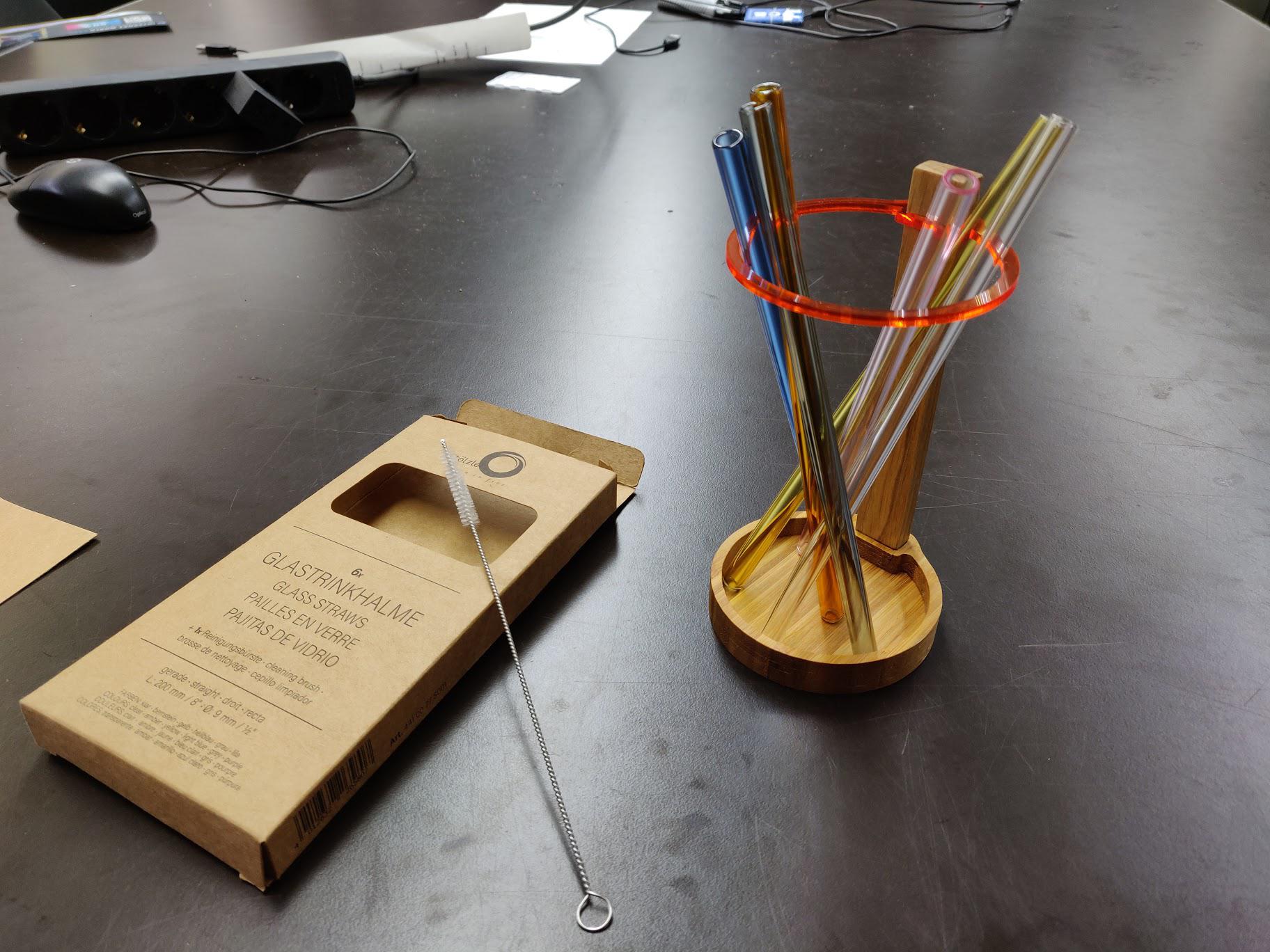
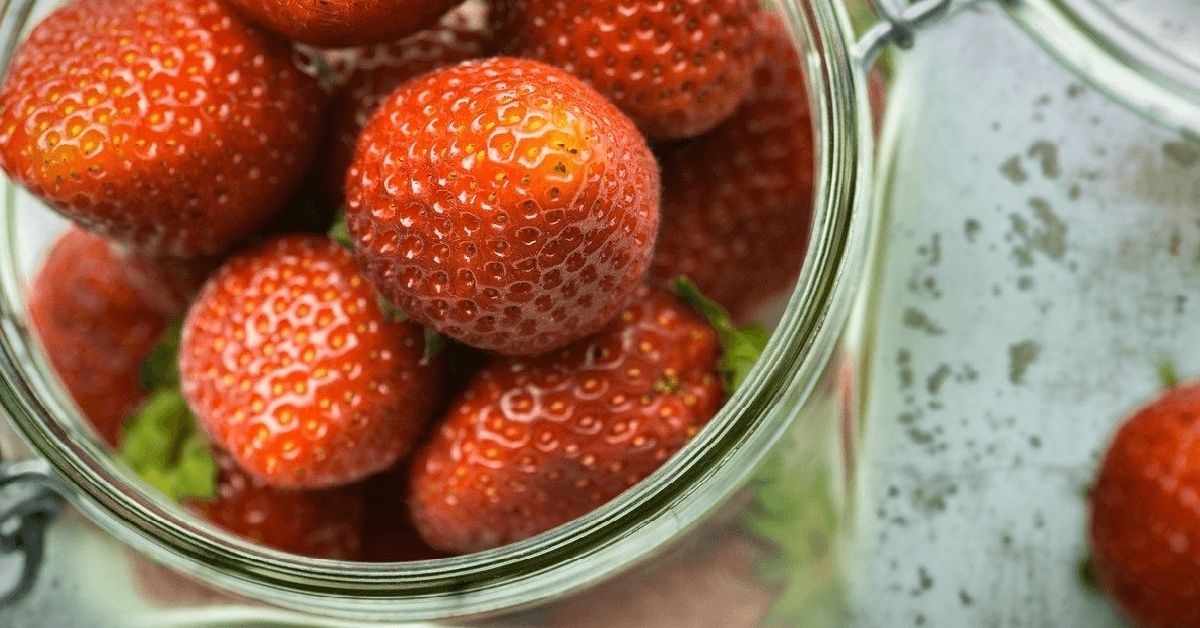
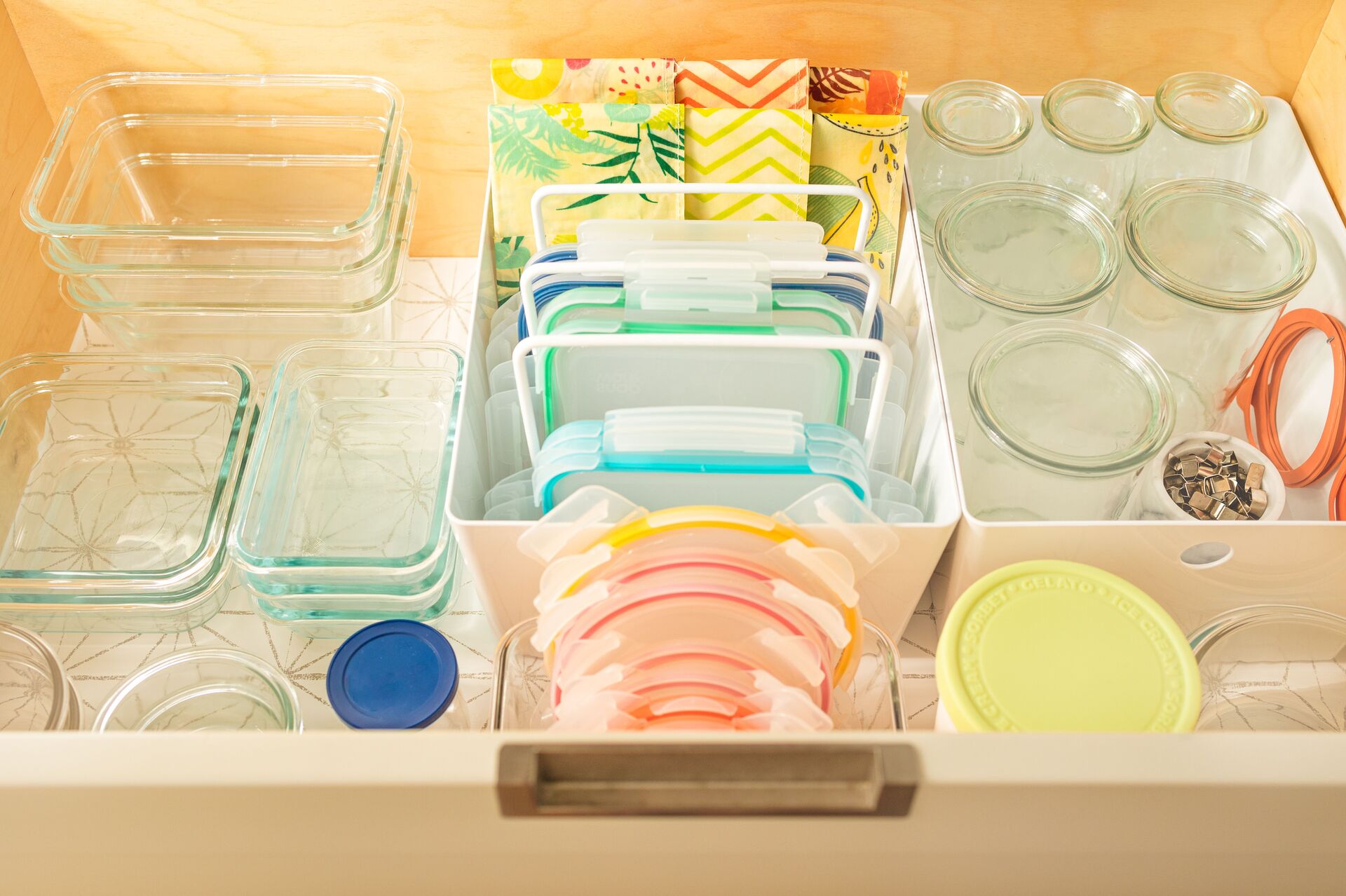

0 thoughts on “How To Store Glass”